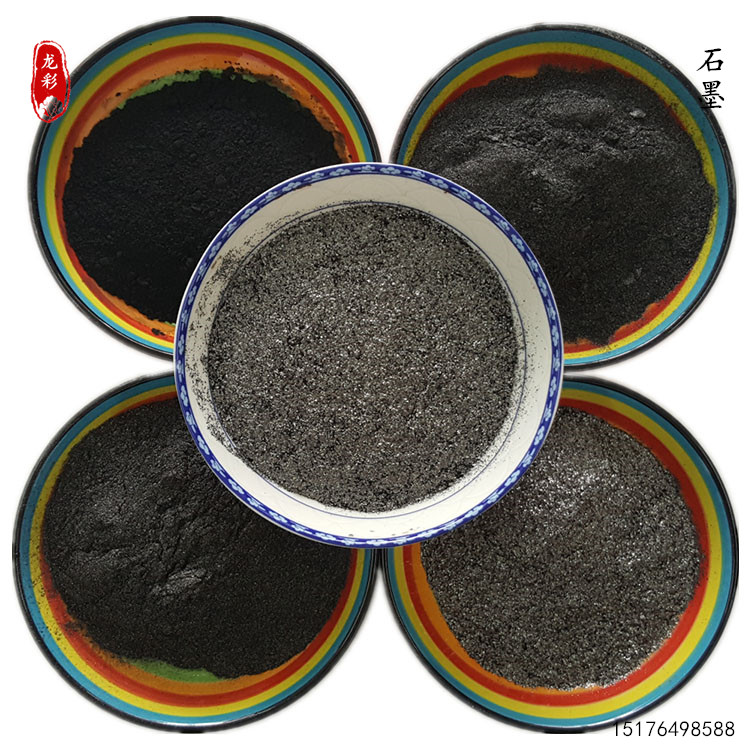As a new functional carbon material, expanded graphite (EG) is a loose and porous worm-like material obtained from natural graphite flakes through intercalation, washing, drying and high-temperature expansion. In addition to the excellent properties of natural graphite such as cold and heat resistance, corrosion resistance and self-lubrication, EG also has the characteristics of softness, compression resilience, adsorption, ecological and environmental coordination, biocompatibility and radiation resistance that natural graphite does not have. As early as the early 1860s, Brodie discovered expanded graphite by heating natural graphite with chemical reagents such as sulfuric acid and nitric acid. However, its application began after a hundred years. Since then, many countries have successively carried out the research and development of expanded graphite and made major scientific breakthroughs.
Expanded graphite can instantly expand 150~300 times in volume at high temperature, and change from flaky to vermicular, resulting in loose structure, porous and curved, expanded surface area, improved surface energy, enhanced adsorption of flake graphite, and self-chimerism between vermicular graphite, which increases its flexibility, resilience and plasticity.
Several development directions of expanded graphite are as follows:
1. Expanded graphite for special purposes
Experiments show that graphite worms have the function of absorbing electromagnetic waves, which makes expanded graphite have high military application value. Both the US military and our military have conducted experimental research in this area. The expanded graphite must meet the following requirements: (1) low initial expansion temperature and large expansion volume; (2) The chemical property is stable, and the expansion rate basically does not decay after 5 years of storage; (3) The surface of expanded graphite is neutral and has no corrosion to the cartridge case.
2. Granular expanded graphite
Small-particle expanded graphite mainly refers to 300-purpose expandable graphite with an expansion volume of 100ml/g. This product is mainly used for flame-retardant coatings, and its demand is large.
3. Expanded graphite with high initial expansion temperature
The initial expansion temperature of expanded graphite with high initial expansion temperature is 290-300 ℃, and the expansion volume is ≥ 230ml/g. This kind of expanded graphite is mainly used for flame retardance of engineering plastics and rubber. This product has been successfully developed by Hebei Agricultural University and applied for a national patent.
4. Surface modified graphite
When expanded graphite is used as a flame-retardant material, it involves the solubility of graphite and other components. Because of the high degree of mineralization on the surface of graphite, it is neither lipophilic nor hydrophilic. Therefore, it is necessary to modify the surface of graphite to solve the problem of compatibility between graphite and other components. Some people have proposed to whiten the surface of graphite, that is, to cover the surface of graphite with a solid white film. This is a difficult problem to solve. It involves membrane chemistry or surface chemistry, which may be achieved in the laboratory. There are difficulties in industrialization. This kind of white expandable graphite is mainly used as flame retardant coating.
5. Low initial expansion temperature and low temperature expanded graphite
This kind of expanded graphite starts to expand at 80-150 ℃, and its expansion volume reaches 250ml/g at 600 ℃. The difficulties in preparing expandable graphite meeting this condition lie in: (1) selecting appropriate intercalation agent; (2) Control and master the drying conditions; (3) Determination of moisture; (4) The solution of environmental protection problems. At present, the preparation of low-temperature expandable graphite is still in the experimental stage.
Post time: Feb-21-2023


